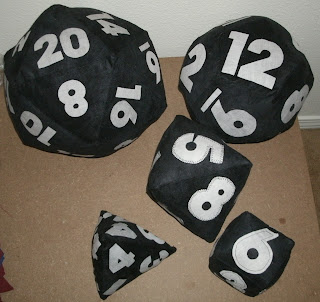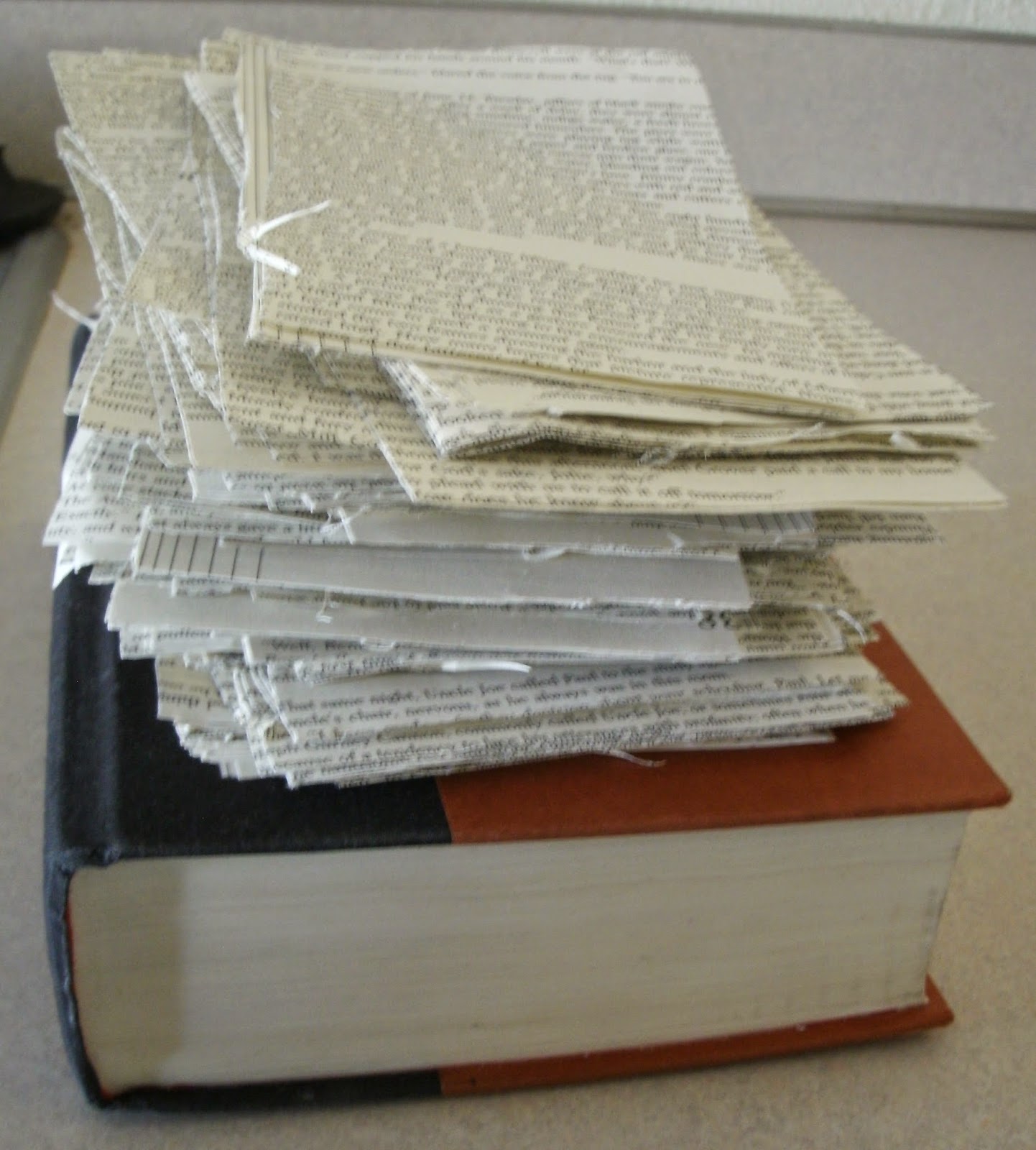How did I begin such an epic undertaking you ask? Well it started with getting reference pictures of other insane (probably professional) people who made gingerbread Kremlins.
 Now I needed a scale so I could start drawing out my pieces and creating a simple mock-up. I chose an entrance piece (because it would be one of the smallest) and I decided it would be 4in by 4in. I decided to make my Entrance Staircases go up by an inch and I was going to have tow of them making my Large Tower Bases be 6 inches tall. I then decided 4 inches across gave it a good look. Now I had to figure out how big 8 of those pieces would be, I made 8 of them out of card stock paper and taped them together. I used my ruler to figure out about how tall/wide it was (I'm sure there is math that could have figured this out for me but I need a visual representation to really see how big my next pieces need to be so this works). I measured out my octagonal Tall Tower Base piece. I repeated this process with the Second Level pieces and the Third Tower pieces which were also my Small Tower pieces. I was also going to need rectangular Small Tower Base pieces with square roofs. I stacked my towers up to see how tall they were to figure out how tall my Main Tower needed to be. I decided on making an 'ugly' square bottom piece to bring it to my 1st floor roof level then making a tall octagonal Main Tower with a flat roof. I designed tall pointed roofs for the main tower and entrances but later decided to use ice cream cones for simplicity/sanity. So how many pieces was it? like 400. I also took the lesson learned from my tardis and laminated all my pattern pieces so they would not get greasy.
Now I needed a scale so I could start drawing out my pieces and creating a simple mock-up. I chose an entrance piece (because it would be one of the smallest) and I decided it would be 4in by 4in. I decided to make my Entrance Staircases go up by an inch and I was going to have tow of them making my Large Tower Bases be 6 inches tall. I then decided 4 inches across gave it a good look. Now I had to figure out how big 8 of those pieces would be, I made 8 of them out of card stock paper and taped them together. I used my ruler to figure out about how tall/wide it was (I'm sure there is math that could have figured this out for me but I need a visual representation to really see how big my next pieces need to be so this works). I measured out my octagonal Tall Tower Base piece. I repeated this process with the Second Level pieces and the Third Tower pieces which were also my Small Tower pieces. I was also going to need rectangular Small Tower Base pieces with square roofs. I stacked my towers up to see how tall they were to figure out how tall my Main Tower needed to be. I decided on making an 'ugly' square bottom piece to bring it to my 1st floor roof level then making a tall octagonal Main Tower with a flat roof. I designed tall pointed roofs for the main tower and entrances but later decided to use ice cream cones for simplicity/sanity. So how many pieces was it? like 400. I also took the lesson learned from my tardis and laminated all my pattern pieces so they would not get greasy.How much gingerbread is that? A lot but I needed to figure out how many batches. A standard gingerbread house is 10" x 7" at least that's what my recipe made. I decided to take my pieces and lay them out on my pans and see how many I could get (I made a whole list of how many pieces on each pan all for naught since I ended up with lots of different sized pans and it was way easier to just go one piece at a time till you had all of them) but this gave me the estimate of 40ish pans of gingerbread. Knowing that I had recently gotten like 4-5 pans of cookies out of the recipe I figured I was gonna need like a 10 times recipe. (I also tried guessing at that each tower level was like 1 gingerbread house but this left me with needed like a 20 times batch that was going to be costly and unreasonable in size and weight) This is by no means a small amount of gingerbread it weighed roughly 30lbs and I used the industrial mixer at work to mix it (carrying it too and from work was lots of fun too). I had it wrapped in approximately 3lb logs in plastic wrap, keeping them in the fridge as long as possible before transport and after I got it home.
 How do you bake 400 pieces of gingerbread? With help. I had a friend come over and spend nearly 12 hours (that's how much time I spent) helping me roll out dough and cut pieces according to the patterns I had which said how many they needed on them. As I said earlier I came up with a whole plan for laying them out which in hindsight had things unreasonably close together but you also need quite a lot of pans to be cutting, baking, and cooling on and I only have 4 so I borrowed some pans along with quite a lot of cooling racks from my friend's mother (the friend who started all this madness). These pans were of vastly different sizes then mine so the plan went out the window from the start (as the always do.....) but it turned out to be easier to keep track of things for us each to choose and piece and roll, cut, and bake (then trim while hot this is an important step) that piece till we had enough. It took me 12 hours and at the end of the day we ran out of dough with pieces not done, broke a couple pieces, baked a couple of extras, and burnt a few (especially thin and small ones).
How do you bake 400 pieces of gingerbread? With help. I had a friend come over and spend nearly 12 hours (that's how much time I spent) helping me roll out dough and cut pieces according to the patterns I had which said how many they needed on them. As I said earlier I came up with a whole plan for laying them out which in hindsight had things unreasonably close together but you also need quite a lot of pans to be cutting, baking, and cooling on and I only have 4 so I borrowed some pans along with quite a lot of cooling racks from my friend's mother (the friend who started all this madness). These pans were of vastly different sizes then mine so the plan went out the window from the start (as the always do.....) but it turned out to be easier to keep track of things for us each to choose and piece and roll, cut, and bake (then trim while hot this is an important step) that piece till we had enough. It took me 12 hours and at the end of the day we ran out of dough with pieces not done, broke a couple pieces, baked a couple of extras, and burnt a few (especially thin and small ones). |
| (yes that's me in the back) |

Next we built the 'octagonal' Main Tower upside-down which became a heptagonal tower when all of the pieces wouldn't fit around the octagonal roof piece (didn't notice that either but I took no pictures of the back for that reason). We chose to decorate the main tower while upside-down not sure if that was the best idea but it worked out. We put royal icing on the open top and very carefully flipped it trying our best to center it on the base. Level two of the main towers was just level one again only smaller. Then the Small Towers and the Tall Tower third levels were just yet smaller versions.We tried to do some decorating as we went because we knew that some places would become unreachable as we built.
The Kremlin has all these beautiful little archways all over it and I had originally planned to bake a bunch of gingerbread circles to cut in half and use but when we ran out of gingerbread we got vanilla wafers instead. We decided to keep most of them whole to create the graduated effect that the real ones have, they stack a lot like scales.
 So what am I going to use to create the 'onion tops'? Meringue was the plan but I really needed a lot more of it. I piped them as big as I could manage and baked them overnight. In the morning I trimmed them to give them the onion shape.
So what am I going to use to create the 'onion tops'? Meringue was the plan but I really needed a lot more of it. I piped them as big as I could manage and baked them overnight. In the morning I trimmed them to give them the onion shape. |
| (All of the pictures are Lenna's I took very few) |
At this point we made a candy run. We needed more vanilla wafers and the onion domes were gonna need some candy color to make them big and to start making this project look less like a cobbled together monstrosity. We got gumdrops, marshmallows, and twizzlers. We pulled up some pictures of the cathedral but really we were just winging it, it was nearing 6 hours and I had places to be. At this point it was merely Kremlin inspired and we were just throwing candy on it to make it look good. Getting those gumdrops to stay was quite difficult so I recommend the marshmallows or maybe M&M's. We also built our entrance ways which took a little modification because they were too long to stand on their own and the internal walls hadn't gotten built. Now we just spent our time decorating, I made some green royal icing and we had some white and we went around piping decoration and attaching candy.
For scale it stands like 2 and half feet tall and is over 30 inches wide. I promise we had fun making it but when it gt to the end of 8 hours of construction we were both sick of looking at it.
 | |||
| (oh yes I had to move it out of my parents house and into a different house that was fun) |

In the end it got made in the time I had and nobody tried to kill me for putting them through this and everyone at the party enjoyed it
(yes I had to smash it)




























.JPG)
.JPG)
.JPG)
.JPG)
.JPG)












